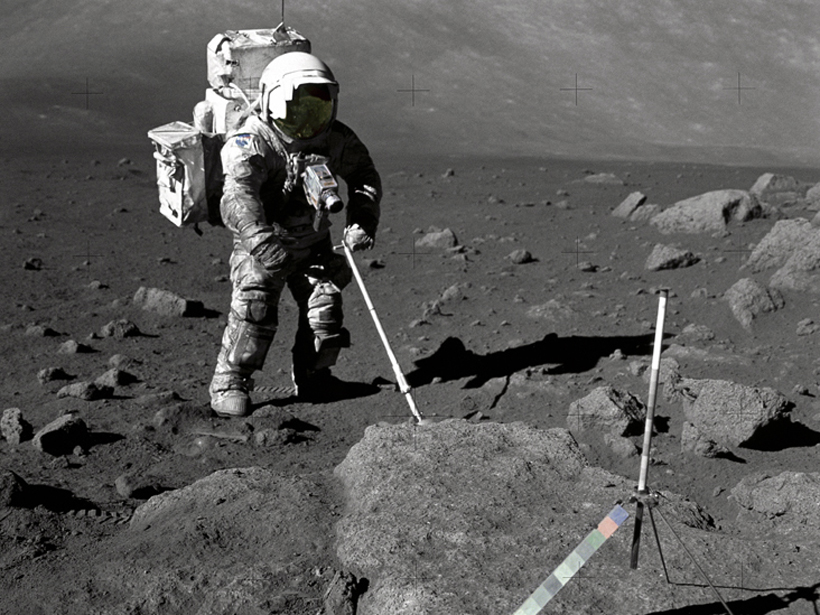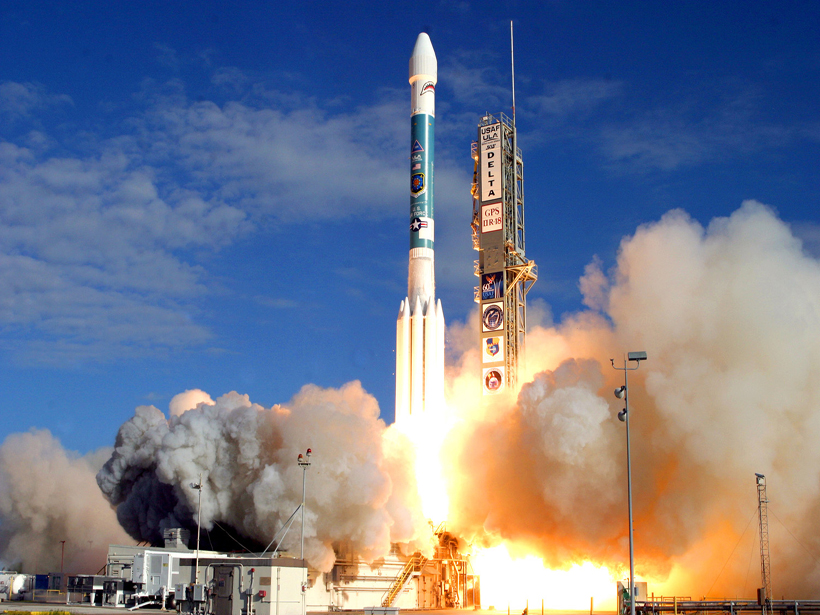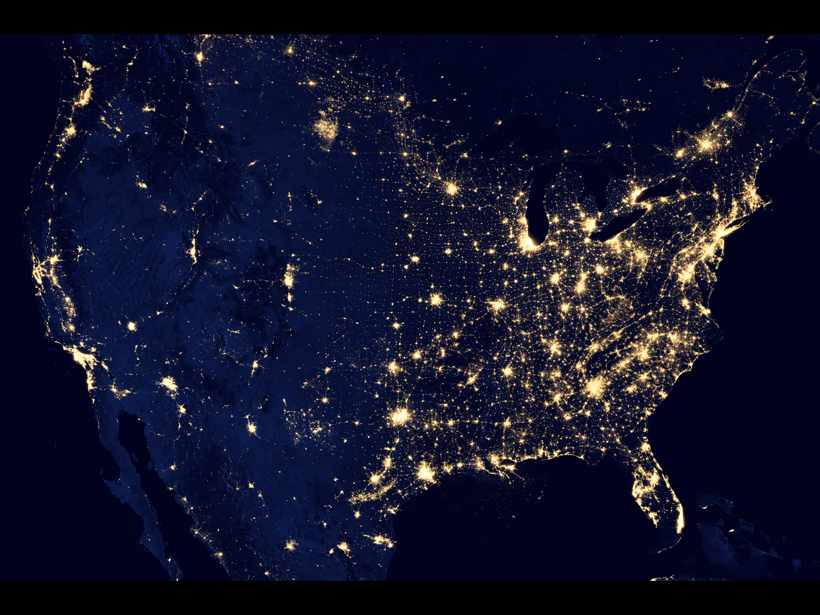Lunar orbiting data show that terrestrial oxygen rains down periodically on the Moon, enticing researchers with an opportunity to study Earth's ancient atmosphere.
magnetic fields & magnetism
Global Positioning System Sparks New Data Revolution
Energetic particle data from the Global Positioning System constellation opens avenues for new research.
Robert Coe Receives 2016 John Adam Fleming Medal
Robert Coe was awarded the 2016 John Adam Fleming Medal at the American Geophysical Union Fall Meeting Honors Ceremony, held on 14 December 2016 in San Francisco, Calif. The medal is for "original research and technical leadership in geomagnetism, atmospheric electricity, aeronomy, space physics, and/or related sciences."
Mapping Geoelectric Hazards Across the United States
Variations in Earth’s magnetic field can induce electric fields in the ground, driving damaging currents through our power grids.
Lab Experiment Tests What Triggers Massive Solar Eruptions
In a first-of-its-kind demonstration, scientists provide experimental support for a possible mechanism behind the formation of coronal mass ejections.
Earthquakes Could Funnel Radio Waves to Dark Zones in Mountains
By being coupled with a layer of mobile electrical charges on the Earth's surface, radio waves could travel over the ground to areas that would normally be unreachable, like behind a mountain.
What Drives Variation in the Ionosphere’s Electron Density?
The long-term trend in the electron density of the ionospheric F layer may be natural, not man-made.
Jupiter's Auroras Recharge Between Solar Storms
New research suggests that Jupiter's magnetic field replenishes its stock of plasma during lulls in solar activity, creating spectacular displays when a solar storm hits.
The Geomagnetic Blitz of September 1941
Seventy-five years ago next week, a massive geomagnetic storm disrupted electrical power, interrupted radio broadcasts, and illuminated the night sky in a World War II battle theater.
Spotting the Source of Slow Solar Wind
A new study suggests that magnetic reconnection may fuel slow solar winds, which top out at speeds below 500 kilometers per second.








